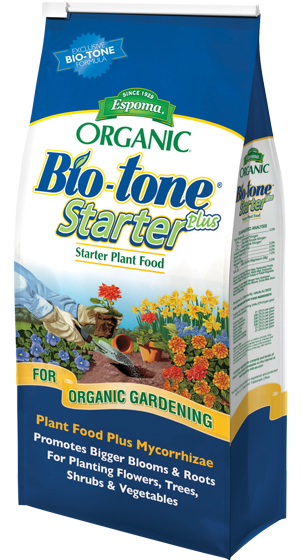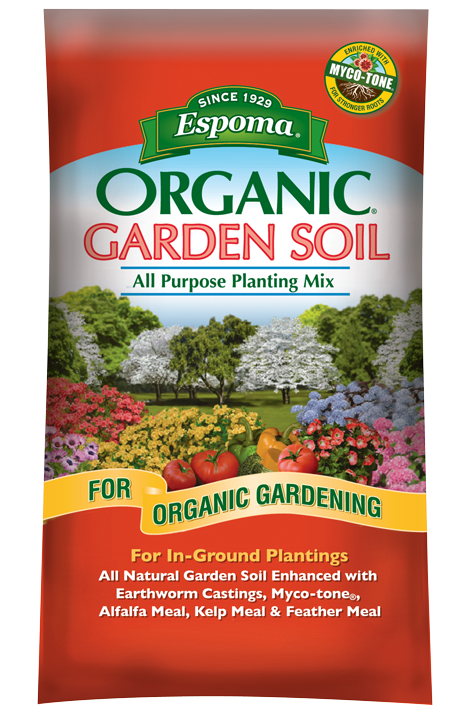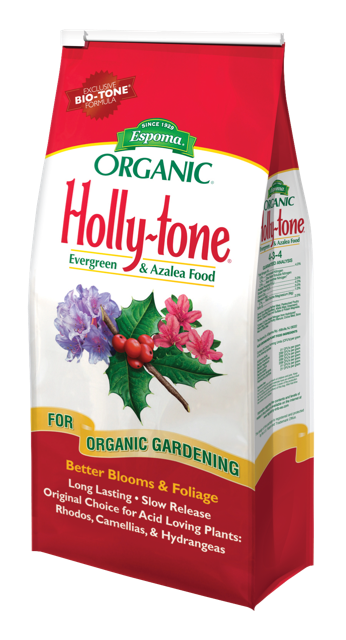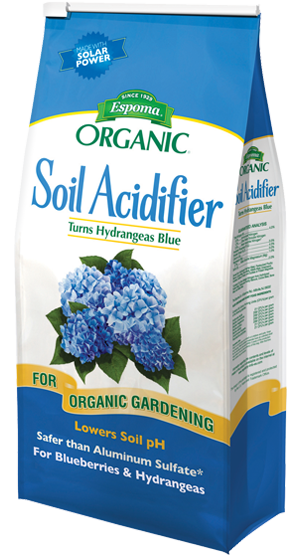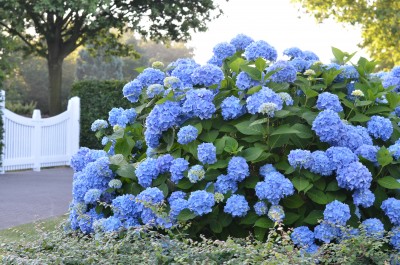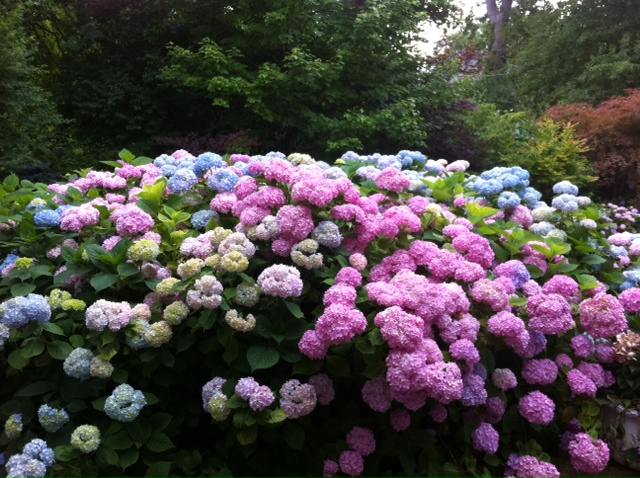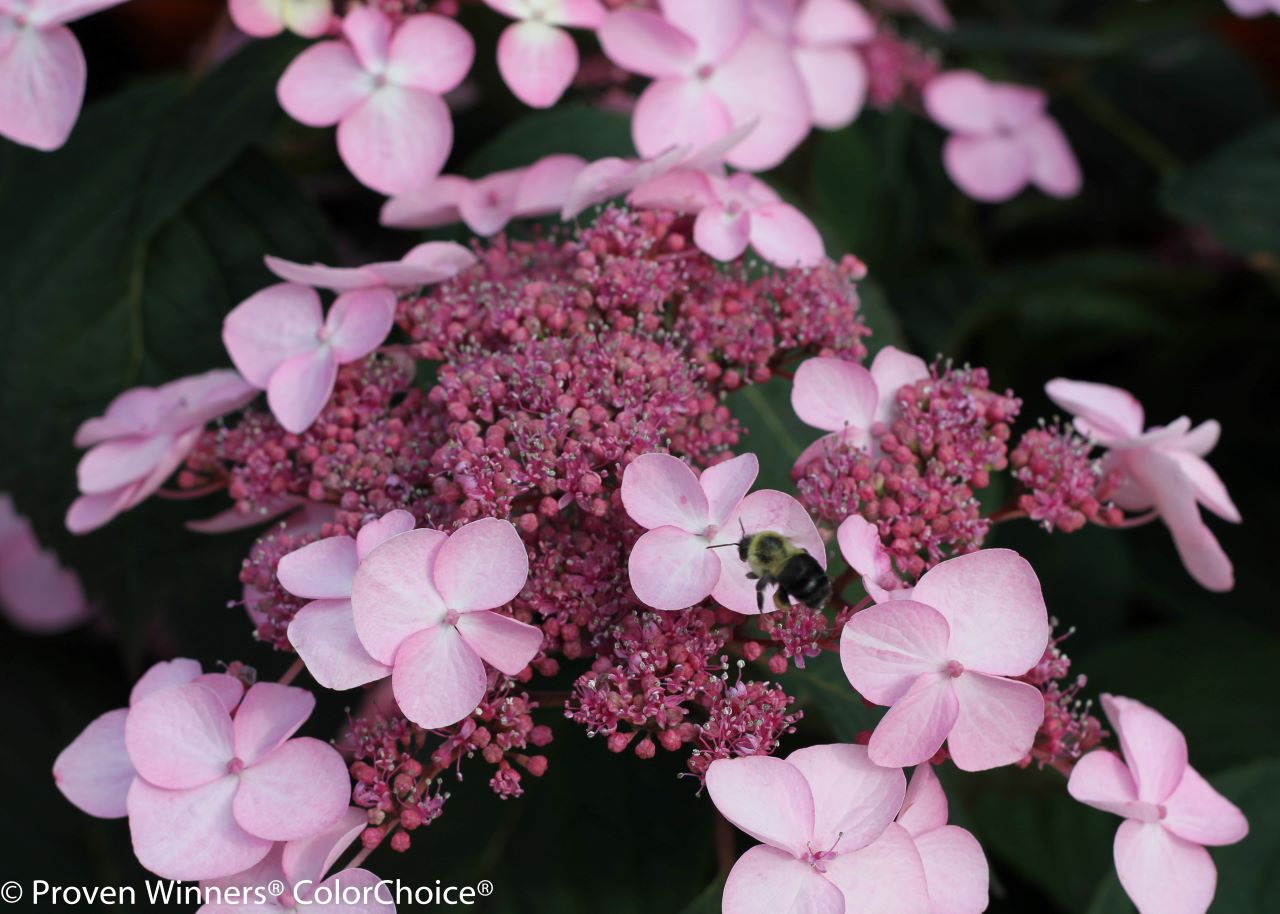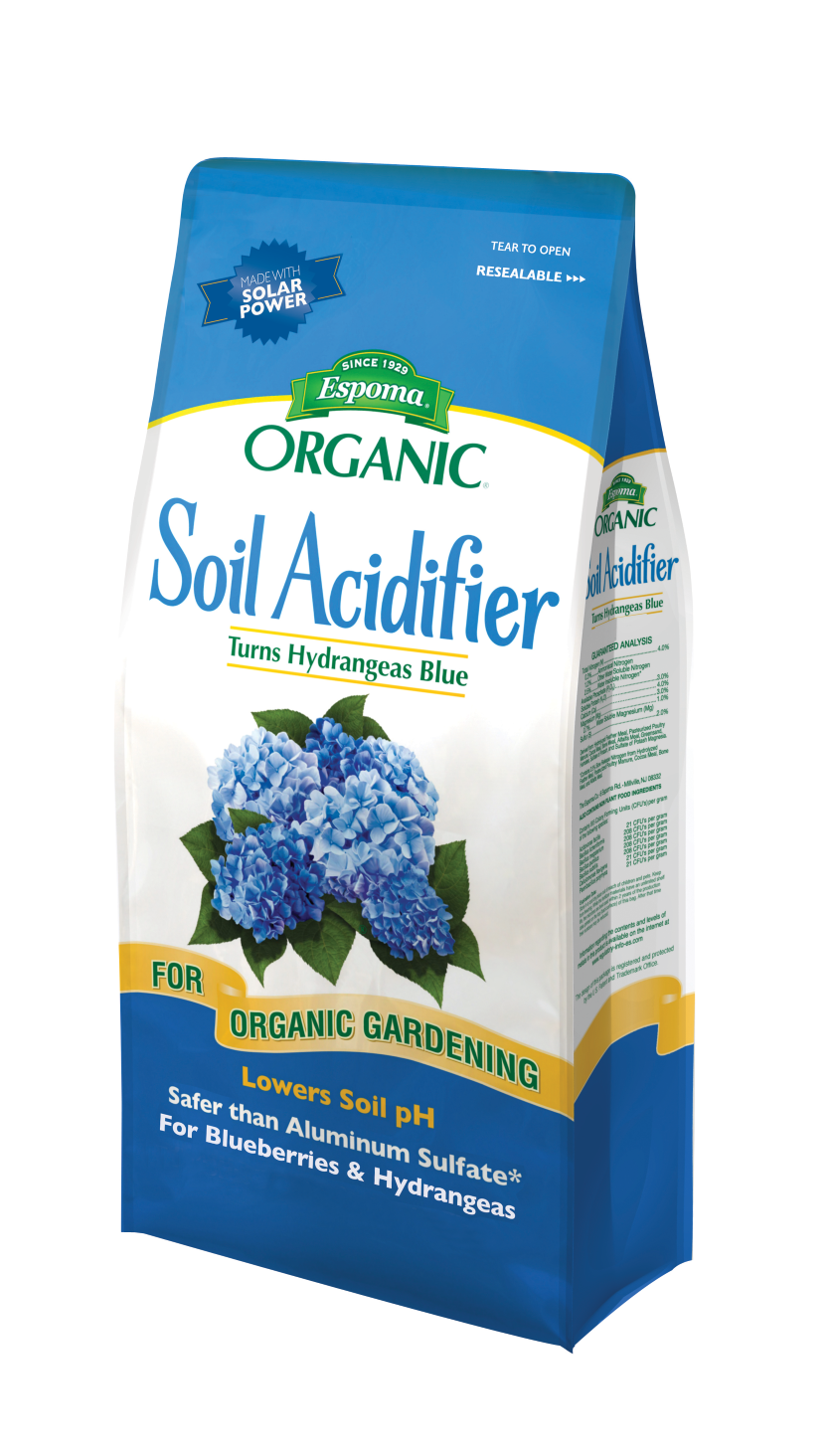Tag Archive for: hydrangea care
Espoma’s Total Guide to Growing Hydrangea’s
/in FlowersFind everything you need to know about growing hydrangeas below!
Choose the right Hydrangea for you – Growing hydrangeas is easy! Simply answer these questions to find a hydrangea variety that will thrive in your garden.
Best Hydrangeas for Beginners to Grow – Oakleaf hydrangeas can tolerate colder weather, handle more sun, withstand drought, are more disease/pest resistant and grow in sandy soil better than other hydrangeas.
Best Hydrangeas to Grow in Full Sun – Most hydrangeas prefer only morning sun. Yet one type of hydrangea can soak up the sun all day: the panicle hydrangea.
Hydrangeas that Bloom All Summer – Reblooming hydrangeas flower on both new and old growth, meaning you can enjoy flowers from June until the first frost. They’ll continue to bloom long after other flowering shrubs and perennials have stopped.
How to Get the Best Hydrangea Blooms – Getting off to the right start in the right location is the difference between a hydrangea bush that blooms for years and one that never does.
Growing Hydrangeas in Containers – No matter how much space you have, find the perfect-sized hydrangea for you. You can even grow hydrangeas in a container.
The Best Way to Plant Hydrangeas – Hydrangeas are like the little black dress of the garden. They’re chic and always in style. Though, hydrangeas will deliver way more wow with their color-changing flowers.
How to Prune Hydrangeas – Before you prune hydrangeas, you need to know which type you have. Take this quiz to find out what type of hydrangea you have and when to prune.
Pink or blue – Create a blue hydrangea simply by amending the soil. Most hydrangeas, except white ones, change color based on the pH or acidity levels of their soil.
When to fertilize your hydrangea – Knowing whether your soil is acidic or not is the first step to healthier plants season after season.
Nix Hydrangea Problems – From spots to foliage holes, find out what’s up with your hydrangea.
Keep Pests and Diseases Away from Hydrangeas – Hydrangeas are generally pest and disease free, but when your flowers are looking less than stunning, it’s hard not to panic.
Tips for Transplanting Hydrangeas – Change the look of your yard by giving your hydrangeas more space to grow with these steps.
Hydrangea Hype: Garden Inspiration – With big colorful blooms and beautiful green foliage, summer’s favorite flower makes a bold statement in any garden.
Guide to Fall Hydrangea Care – Hydrangeas are strong and can come back from almost anything when given enough time and proper care.
Companion Plants for Hydrangeas – If you’re looking for ways to make your hydrangeas pop even more, try these companion planting tips.
More is More: Hydrangeas that Bloom All Summer
/in FlowersOnce upon a time, hydrangeas would only bloom once a season. Not anymore! Now, you can choose a variety of hydrangeas that bloom all summer long. You can even prune these at any time.
Reblooming hydrangeas flower on both new and old growth, meaning you can enjoy flowers from June until the first frost. They’ll continue to bloom long after other flowering shrubs and perennials have stopped. Long lasting blooms of blue, violet, pink, white, or chartreuse add brilliant pops of color to any garden.
Plus, these hydrangeas perform a magic trick. Depending on your soil’s acidity, the hydrangea color changes. Creating breathtaking blue hydrangeas is extremely easy. All you need to do is amend your soil with Espoma’s Organic Soil Acidifier.
The Original Endless Summer Hydrangea – A beautiful game changer! The Original Endless Summer hydrangea was the first non-stop blooming hydrangea. Plus, it’s easy to care for. You’ll be wowed by its color-changing blooms all season.
Hydrangea Type: Mophead
Shrub Type: Deciduous
Light: Part sun-mostly shade
Size: 3-5’ H x 3-5’ W
Zone: 4-9
Blooms: Late-spring-early fall. Blooms can be blue, purple or pink based on soil pH.
Features:
-
- Blooms all season
- Very disease tolerant
- Easy care
- Works in container gardens
Soil: Moist, well-drained soil. 5.5 or lower soil pH for blue blooms. 5.5-6.5 soil pH for purple blooms. 6.5 soil pH or higher for pink blooms.
Penny Mac Hydrangea – Large flowers that just keep blooming! The Penny Mac hydrangea is super easy to care for and seems to thrive on neglect. While the blooms can change color, they’re naturally a vivid blue.
Hydrangea Type: Mophead
Shrub Type: Deciduous
Light: Part sun
Size: 4-6’ H x 3-4’ W
Zone: 5-8
Blooms: Mid-summer-early fall. Blooms are typically blue, but can be changed to pink or purple based on soil pH.
Features:
- Attracts birds
- Repeat bloomer
- Fast growing
- Easy care
Soil: Moist, well-drained soil. 5.5 or lower soil pH for blue blooms. 5.5-6.5 soil pH for purple blooms. 6.5 soil pH or higher for pink blooms.
Let’s Dance Starlight Hydrangea – You’ll feel like dancing when you see this breath-taking bloom. It’s elegant, bright and beautiful textured. Plus, it’s the first-ever, re-blooming lacecap hydrangea.
Hydrangea Type: Bigleaf
Shrub Type: Deciduous
Light: Full-part sun
Size: 2-3’ H x 2-3’ W
Zone: 5-9
Blooms: Mid-summer-early fall. Vivid, lacecap blooms can be blue, purple or pink based on soil pH.
Features:
- Small hydrangea
- Repeat bloomer
- Works in container gardens
- Salt tolerant
Soil: Prefers moist, well-drained soil. 5.5 or lower soil pH for blue blooms. 5.5-6.5 soil pH for purple blooms. 6.5 soil pH or higher for pink blooms.
Keep the blooms coming all season long with the hydrangea that speaks to you! Want one that grows in full sun? Learn about the best hydrangeas for beginners. Find out even more about hydrangea care in our Ultimate Hydrangea Guide!

